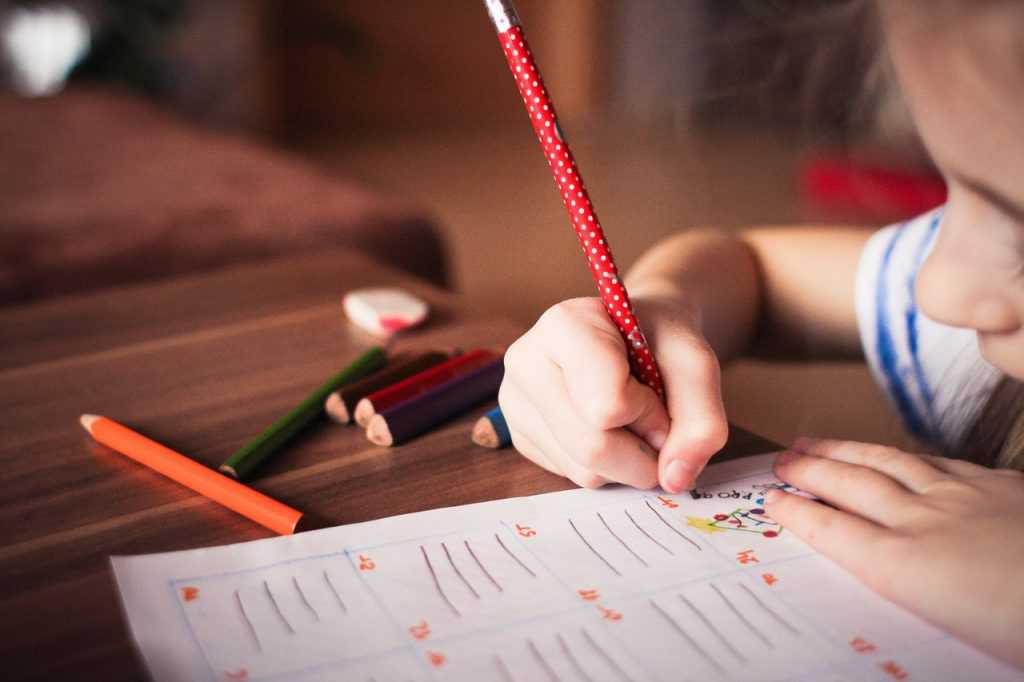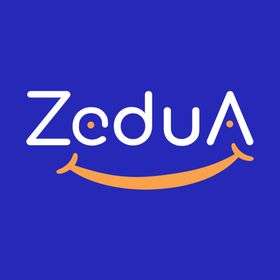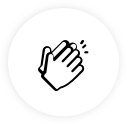
What is the Difference Between Montessori And Playschool

Difference Between Montessori And Playschool:
My daughter is about to start preschool. Freedom at last! At least for a few hours. I am excited not only to bring back my sanity but also to hear about what new she learnt and friends she made. Preschool is an important decision to make as these formative years are the most crucial years of your child’s development. As a parent, it is my duty to make sure I select a curriculum or board that best suits my girl. So now it’s a time to discuss the Difference Between Montessori And Playschool.
Preschool is what comes before formal school, i.e. Kindergarten. Schools can either follow playschool program, traditional curriculums (SSE, CBSE, or ICSE) or Montessori preschool program.
It took me a lot of back and forth to decide where she will go to learn as each came with its pros and cons. In the end, it all comes down to only one thing – what is best for your child? Will she be happy? Is it helping her develop a holistic personality?
Let’s go through some of the points that helped me make a decision between Montessori Program or Playschool, and know the Difference Between Montessori And Playschool.
The Curriculum
Montessori Program:
The Montessori curriculum is based on discovery method where students learn through working with different materials and in different situations rather than direct instructions from the teacher. Four key areas that are covered in a Montessori program are language, practical life, sense organs, and maths skills.
The curriculum encourages students to learn daily living skills, language, social skills, math, physical education, etc.
The child learns at his/her own pace using age and stages appropriate specific Montessori equipment. The curriculum is not rigid and is defined by the age “group” rather than the age, i.e, 0-3, 3-6, 6-9, 9-12, 12-15, and 15-18 years of age.
Playschool Program:
Playschool is an informal nursery group that operated only for a few hours a day. The curriculum here is rigid and set by the teacher. It focuses on developing the abilities and skills of the children in a playful manner for an easier transition to the Kindergarten.
Manners are taught from time to time but are not woven into the curriculum like in the Montessori program.
The playschool program encourages free play, thus helping children gain decision making and problem-solving skills. The curriculum is heavy with art and craft, home corner, dress up, outdoor play, and music activities.
The Teaching Method
Montessori Program:
The student is at the centre of the learning process. The teacher acts as a facilitator guiding the student’s learning process.
Playschool:
The teacher is at the centre of the learning process. The teacher spends the classroom time talking and sharing information with the students while students passively listen.
The Learning Method
Montessori Program:
Teachers assist students while they complete challenges and gain experience in an uninterrupted learning environment. Students learn concepts from working with materials, rather than by direct instruction. For eg, students will first learn to trace and recognize the alphabets before learning about its sound.
The curriculum also encourages the child to self-correct by spotting his/her own errors with the help of feedback material provided by the teacher.
Unlike traditional preschool, the child chooses work and reinforces his/her own learning by repetition of work. This also gives a sense of achievement to the child.
Playschool:
In playschool, the curriculum is structured and child is guided by the teacher through the curriculum. A child is generally allotted specific time for work to get over. The work is corrected by the teacher. The motivation for learning is external and is done by repetition and rewards. The pace of the instructions is set by the norms.
The play method helps a lot of kids to express themselves even before they are able to verbally express themselves.
The Environment
Montessori Program:
The environment of the classroom and the school plays an important role in the learning process. The material and furniture are easily accessible to the students. The student is free to work anywhere he/she chooses. The material is multisensory in nature, thus encouraging them for physical exploration.
Playschool:
In a play school, the child has an assigned chair and table where he/she works individually or in groups. The students sit still and listen during group sessions.
There are very few sensory materials available for sensory development. The environment, however, encourages creativity and expression through art and craft, role plays, and games.
The goal of education is to foster love, self-confidence, independence, and a well-rounded personality. Each curriculum aims to educate your child in the best possible manner. While making a decision take your child’s personality and what’s best for him/her into consideration and also know the Difference Between Montessori And Playschool.
Also Read: 7 things that need to be in the curriculum of every school
Recomended Blogs

It indeed is not easy to learn something new! Getting out of your comfort zone and learning something

Zedua
1 year ago

“The most important thing about motivation is goal setting. You should always have a goal” – Fra

Zedua
2 years ago

Many successful people have attributed their success to the practice of Meditation. How great i

Zedua
2 years ago

Yes of-course Montessori methods help to develop the creativity of every kid and also improves the mental ability of the children.thanks for the valuable lines.
montessori schools in velachery